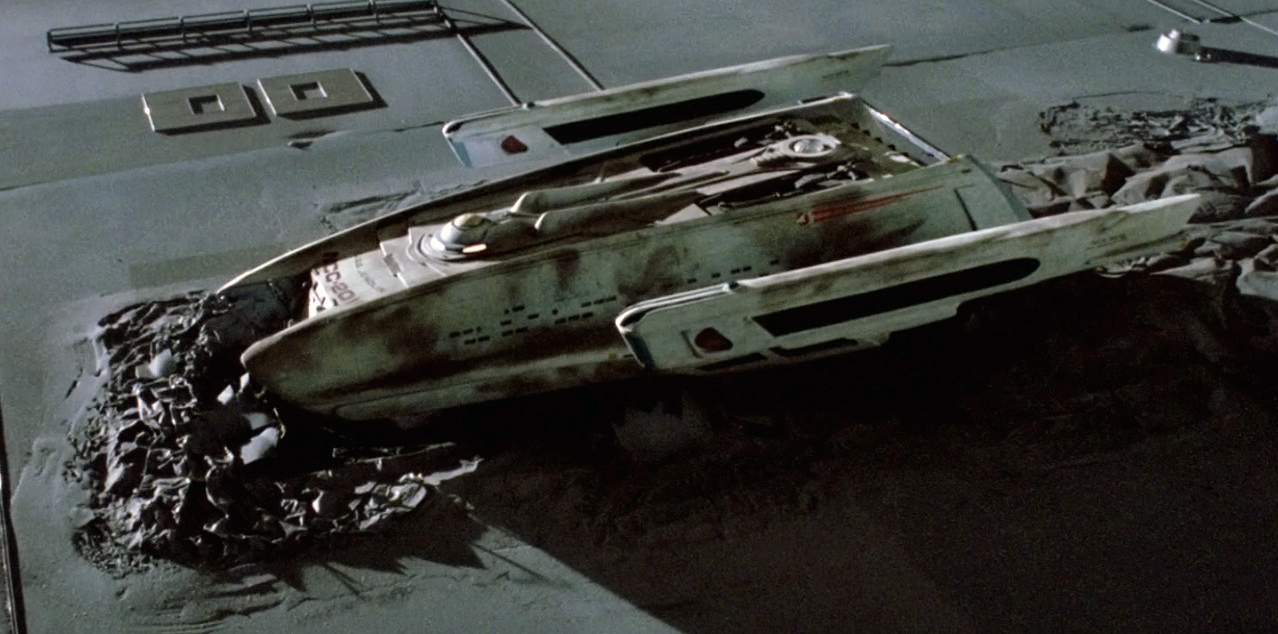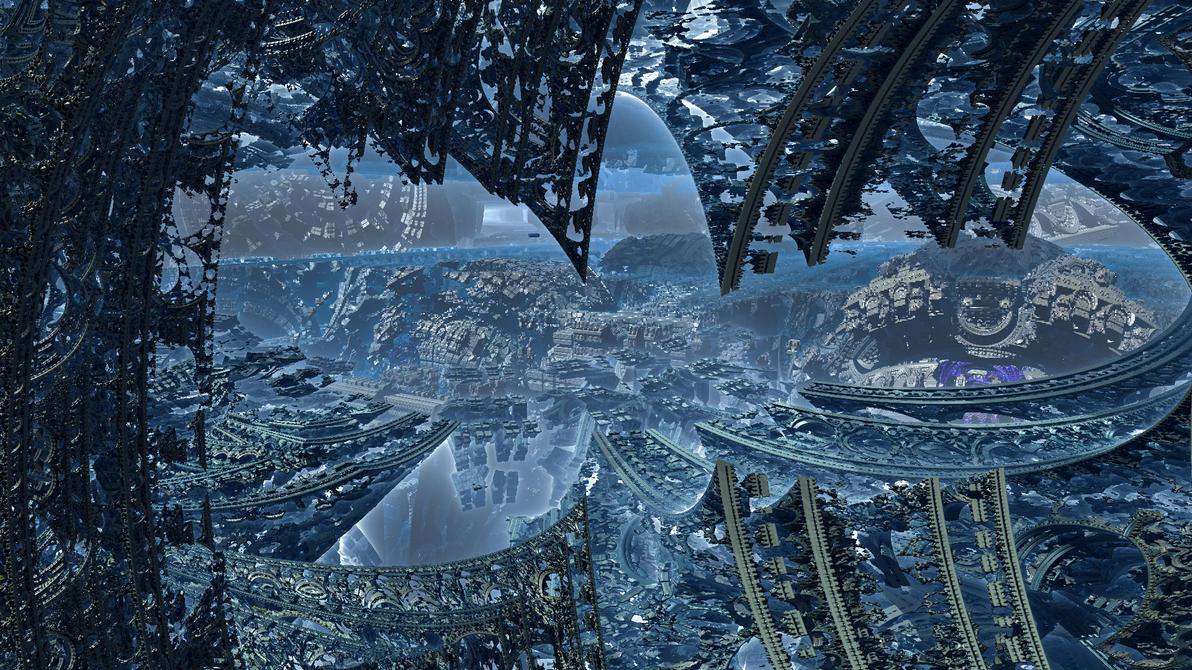Yeah, the Jenolen found out about it the hard way..............


Posted on 05/22/2016 6:39:00 PM PDT by 2ndDivisionVet
Every now and then, a distant star called KIC 8462852 dims by as much as 20 percent. That's huge. Even a passing planet as big as Jupiter would only block about 1 percent of the star's light.
Ruling out a planet, scientists have no idea what could be eclipsing the star (which is informally known as 'Tabby's Star'). The leading hypothesis is a family of really big comets, but that doesn't quite fit. Astronomer Jason Wright pointed out that the light patterns are consistent with what we'd expect if aliens had built a Dyson swarm of solar collectors around the star to harness its energy. This hypothesis isn't perfect either.
The mystery deepened when astronomer Bradley Schaefer found evidence suggesting the star had also been dimming by about 16 percent each century. Such a huge drop in light over time made the comet hypothesis seem less likely. Compared to the 36 giant comets you'd need to create the star's 20 percent dimming, you'd need 648,000 giant comets to explain the century-long dimming...
(Excerpt) Read more at popsci.com ...
There is only one logical answer to this question. Prepare a ship immediately for our Dear Leader to ride in. He will find the answer in short order.
My bet that it’s a binary star system with one of the stars being a captured black hole. That explains the data quite easily.
The electric universe people would probably provide a simple comparison to a flickering lightbulb.
Is that*
If they live there, are they still considered aliens?
Yeah, the Jenolen found out about it the hard way..............


This is a silly article.
They use Jupiter as some sort of argument against very large planets.
We have what, 9 in our solar system. Just nine. Jupiter is the largest here. That is not a statistically valid sample size at all.
The start has a very large planet orbiting it. Simple answer. Very, very big.

These folks know so little about the universe outside of our solar system - their speculation is kind of futile.
“We have what, 9 in our solar system. Just nine. Jupiter is the largest here. That is not a statistically valid sample size at all.”
They don’t make the judgement that planets can’t get much bigger than Jupiter based simply on the knowledge of the planets in our solar system. It’s based on the laws of gravity. Once a planet gets past a certain mass, gravity will cause the matter to compress until nuclear reactions start and it becomes a star. If it was a star passing in front of this star, then the star would get brighter, not dimmer, so that can safely be ruled out.

Maybe it’s not a planet. Maybe it’s a space station.
True, only a few of us have made the long journey...
out and back.
Don’t look now but we’re not like the others.
I didn’t tell him about the Manta bats,
I figured he’d see them soon enough.
How big does a planet get tone before its internal processes jumpstarts it into a star?
An increase in mass of a gas giant starting with the size of Jupiter will have little or no influence on its diameter. Something to do with electron degeneracy. Get up to 13 Jovian masses, and you have a brown dwarf where you might get ignition of deuterium (short lived). If the star is that variable (and not a red dwarf), this could be an end stage where the star is at least about to exit the Main Sequence.
65 Jovian masses in order to become a red dwarf in the Main Sequence. Roughly 0.075 solar masses.

Michelles a## may have gotten in the way of the telescope
That’s exactly what I was thinking.
Disclaimer: Opinions posted on Free Republic are those of the individual posters and do not necessarily represent the opinion of Free Republic or its management. All materials posted herein are protected by copyright law and the exemption for fair use of copyrighted works.